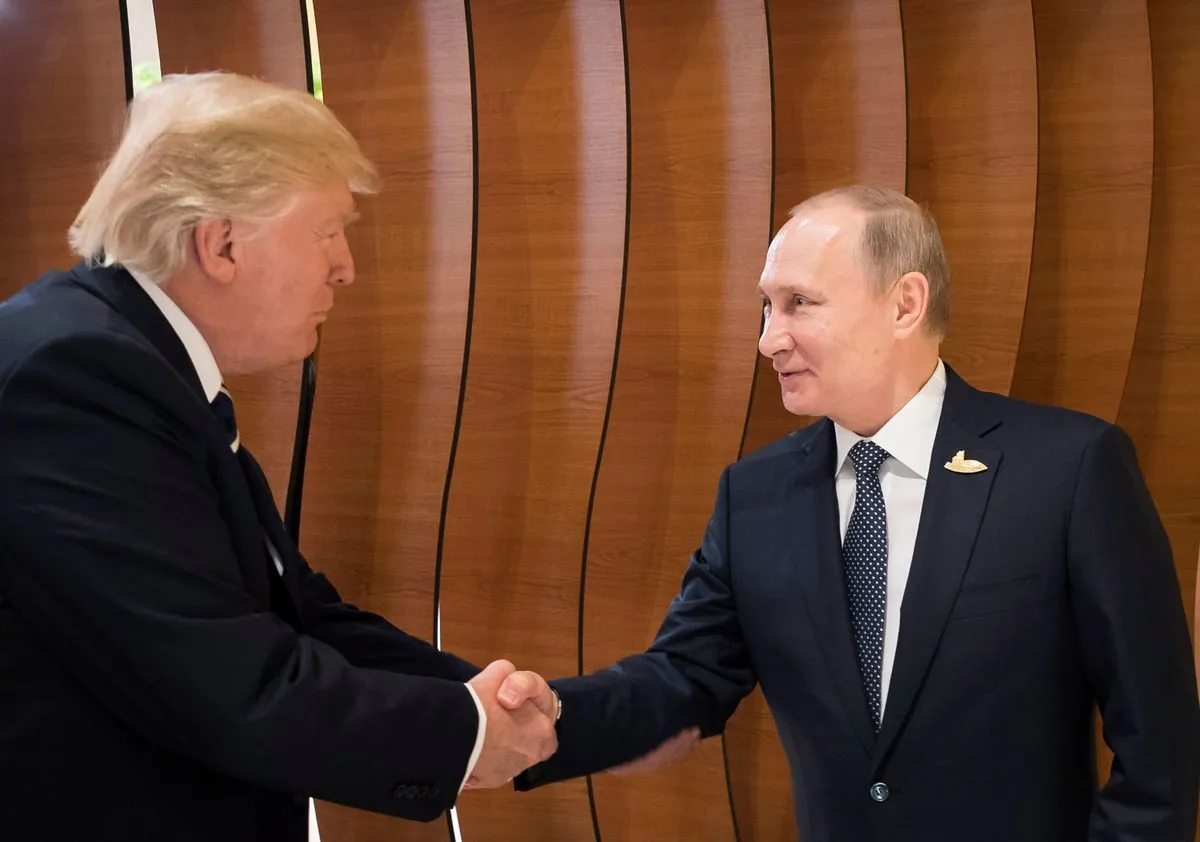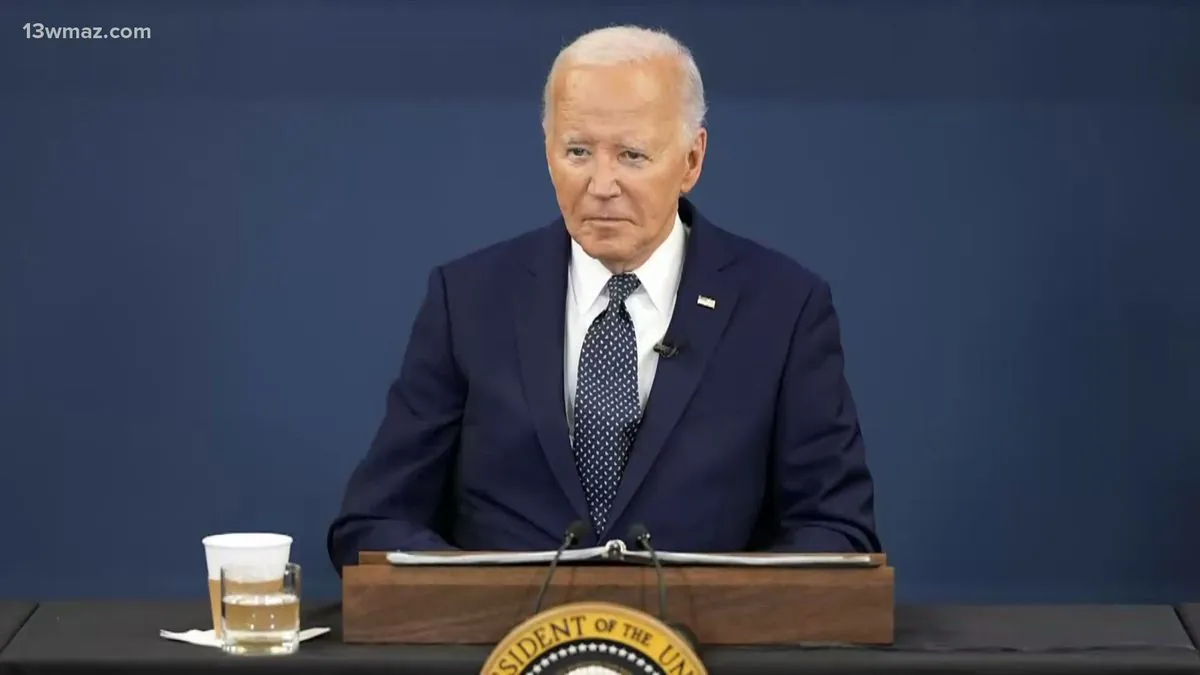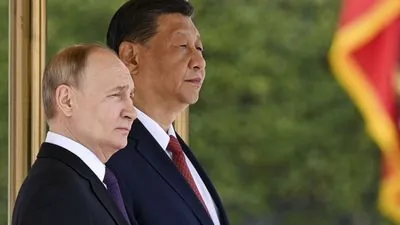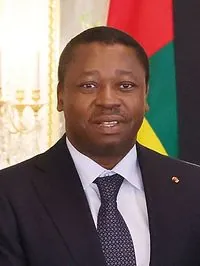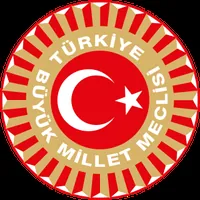Train tracks tell story: How Baltic states try to break free from Russian influence
Three Baltic countries work on huge rail project to connect with Europe‚ leaving russian-gauge tracks behind. This transport shift shows how Estonia Latvia and Lithuania keep moving away from their big neighbor
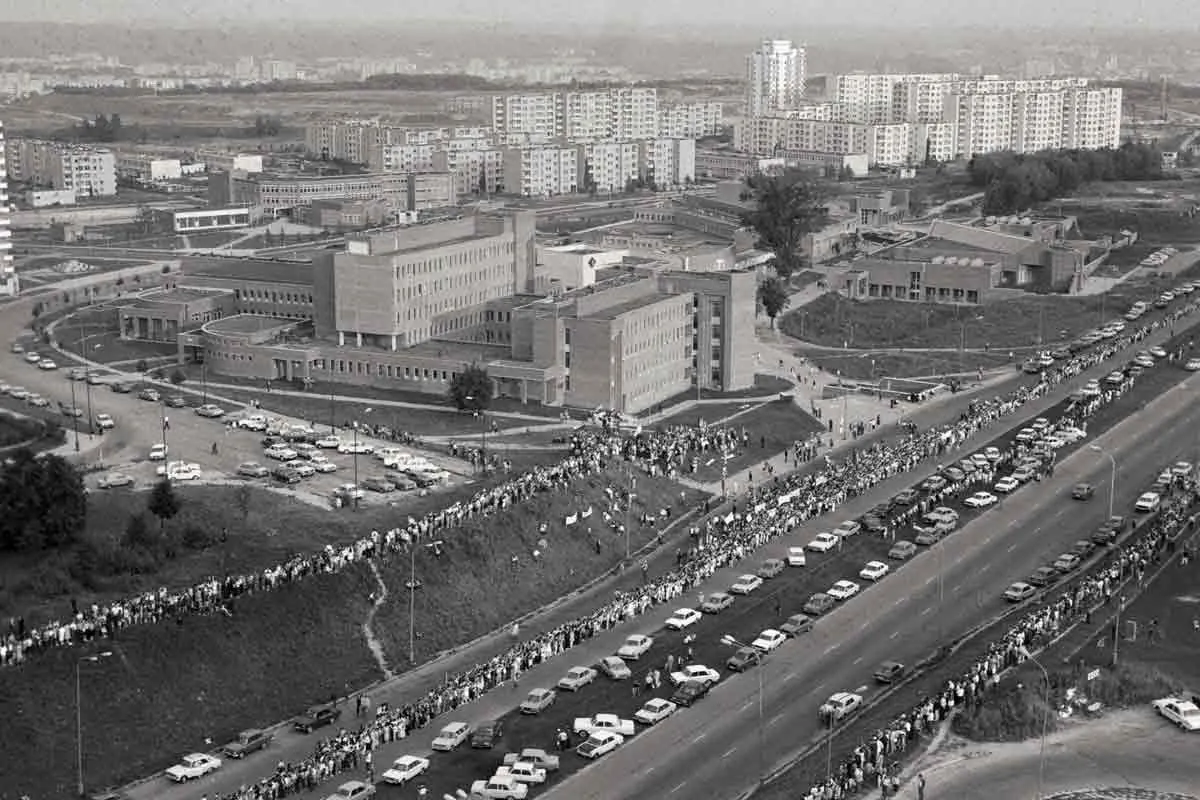
Back in late summer of 89‚ about 2-million people made history in the Baltics - they joined hands to make a super-long human chain (that stretched more than 400 miles) between three countries. This peaceful protest against Soviet control happened without phones or internet which is pretty mind-blowing
The protest worked: Moscow had to admit its secret deal with Nazi Germany (the Molotov-Ribbentrop pact) that led to Baltic states loosing their freedom. After that these countries got their independence back but the story dont end there
Today Estonia‚ Latvia‚ and Lithuania face an odd transport problem - their train tracks still use russian-gauge width which makes it hard to connect with Europe. The capitals cant even get direct trains between each other: you need to wait in small border towns and switch trains (some of them still old Soviet-made ones from 60s)
But theres a fix coming - its called Rail Baltica: a super-fast train line that will connect these countries with Poland and rest of Europe. The project costs a lot but its worth it; experts say by mid-40s itʼll move:
- 52 million passengers yearly
- 11 million tons of cargo
- Trains going 155 miles per hour
This new railway means more than just faster trips - its about cutting old ties with Russia (whose trains used Baltic ports for centuries) and making new ones with Europe. However some worry that political changes in US might shake NATO support which these countries rely on; but for now the Baltic states keep building their European future - one rail at a time
